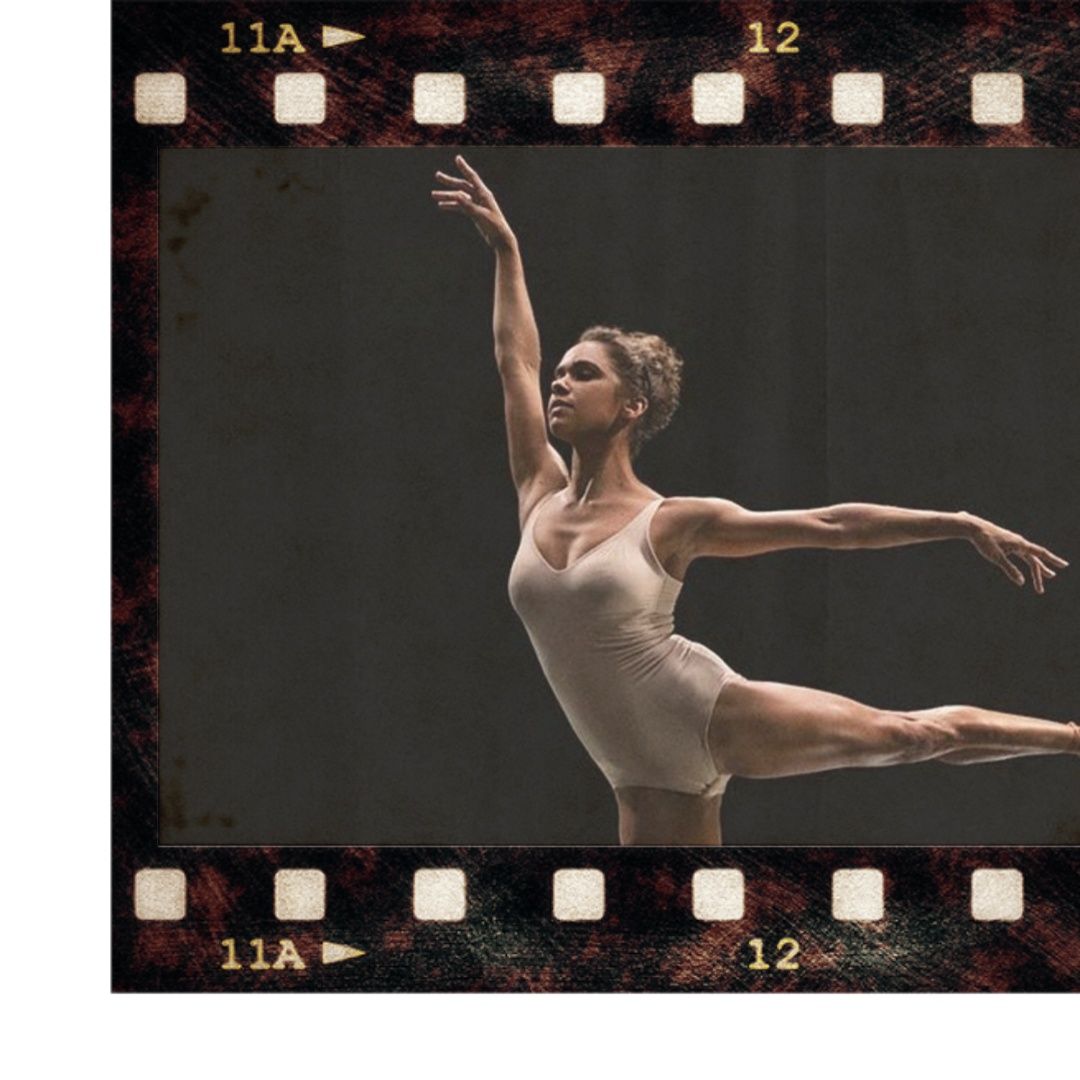JUNE 30, 2015
THAT DAY.............................................MISTY COPELAND Copeland became the first african American women to be promoted to principal ballerina in ABT.
Misty Copeland is an African American balletdancer for American Ballet Theatre . She said that when she was seven, she saw the film Nadia on television and its subject Nadia Comăneci became her new role model. In early 1996, copeland attended a ballet class at her local Boys & Girls Club. Copeland attended several classes and began her ballet studies at the age of 13 at the San Pedro Dance Center when Cynthia Bradley began picking her up from school. After three months of study, Copeland was en pointe. Copeland moved in with Bradley and her family. Eventually, Copeland spent the weekdays with the Bradleys near the coast and the weekends at home with her mother, a two-hour bus ride away. Copeland, at 15 yeras old won first place in the Los Angeles Music Center Spotlight Awards . the Los Angeles Times described her as the best young dancer in the Greater Los Angeles Area. Although, Misty she received one of the few offers to be a full-time student at the San Francisco Ballet . She declined because her mother wanted her to return. She did.
Misty stopped living with the Bradleys. and re-enrolled at San Pedro High School for her junior year . She began ballet study at Lauridsen Ballet Centre in Torrance with former ABT dancer Diane Lauridsen, and even she couldn't dancer as much and as often as before, she auditioned for multiple dance programs and was asked to join the ABT Studio Company.
she joined the ABT Studio Company In September 2000. At age 19, Her body started to change . She was clearly different comparing to the other dancers and it was hard to deal with. she gained wueight and breasts. She said : "Leotards had to be altered for me ... to cover my cleavage, for instance. . ... for the first time in my life, I couldn’t dance strong. I was too busy trying to hide my breasts. The pressure to conform to conventional ballet aesthetics became very hard to deal with..." Misty had a different body but she was the only Black woman in the company too. 'You don't belong here' that's what Misty heard one time as a young dancer, that she didn't have the "right" body type to be a professional ballerina.
But none of these things could prevent her to succeed and show her huge talent. Misty’s talent started to change everyone’s mind about what a dancer is supposed to look like. Copeland was appointed a soloist at ABT in 2007, one of the youngest ABT dancers promoted to soloist, and finally.......
On June 30, 2015, Copeland became the first African-American woman to be promoted to principal ballerina in ABT's 75-year history. Copeland's achievement was groundbreaking, as there have been very few African-American principal ballerinas at major companies.] Anne Benna Sims and Nora Kimball were the first african American women to be promoted to soloist for AMERICAN BALLET THEATER, there [had] never been a Black female principal dancer at a major international company". People evolve but The ballet world still have a problem with women of color," Ballet historians often credit Anne Benna Sims as the ABT’s first soloist, Sims was actually part of the “corps de ballet,” or a member of the larger dance troupe. In that same interview, Copeland considers herself the second African-American ABT soloist.
“I’m often asked if I’m OK being referred to as the black ballerina,” she says. “And I say: ‘I don’t think that’s something I want to change.’ We’re still at a point where it needs to be acknowledged all the time.”
Today, misty Copeland signed a big contract with the company "UNDER ARMOUR". she's one of the main figures of the brand and she's an inspiration for a lot of young girls (black, white, chinese, latinas, arabian, whatever ......)
Powerful words that Misty pronounced one time were these: “Going to a school in southern California that was very diverse I never felt like I fitted in,” she says. “But stick me in a ballet studio surrounded by white girls, and I was, like: ‘Oh, I belong here.’ I wasn’t even thinking about the colour of my skin.”
That's her mindset...but her mindset his society's goal !





